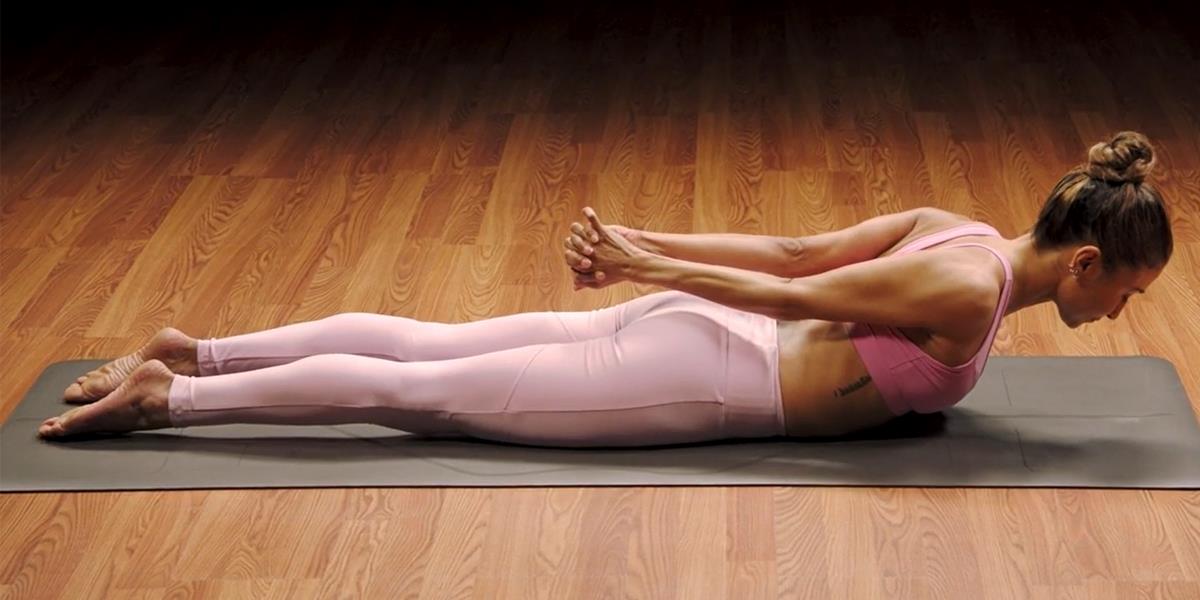
courtesy of beachbodyondemand.com
Unlock the Challenge of Bow Pose
Bow pose, known as dhanurasana in Sanskrit, stands out as a challenging yet rewarding backbend in yoga practice. Unlike other backbends such as camel pose and bridge pose, bow pose demands significant strength from the body's posterior chain. This is because, in dhanurasana, the abdomen serves as the only point of contact with the ground, requiring the glutes, hamstrings, and upper back to work in harmony to lift the body. With diligent practice, individuals can enjoy the benefits of enhanced spinal mobility and strength.
Step-by-Step Guide to Achieving Bow Pose
Starting in a prone position, with legs hip-width apart and forehead resting on hands, the journey into bow pose begins. By pressing the feet into the floor and engaging the legs, practitioners lift their upper and lower body simultaneously, reaching for their ankles or feet. Maintaining the pose for 5 to 10 deep breaths allows for a deep stretch and strengthening of the back muscles. The key is to exit the pose as carefully as one enters, ensuring a smooth transition back to the ground.
Beginner Tips for Bow Pose
For those new to dhanurasana, focusing on either lifting the legs higher or opening the chest further can offer different benefits. According to Brent Laffoon, a seasoned yoga instructor, experimenting with these variations helps maintain balance and maximizes the pose's effectiveness. The goal is to find a harmonious lift of both the chest and legs, creating a balanced and powerful backbend.
Simplifying Bow Pose
Not everyone can reach their ankles comfortably in bow pose. An alternative approach involves keeping the legs straight and engaging the glutes, which helps support and lengthen the lower back safely. Practicing arm variations such as bound locust pose or extending the arms can also prepare the body for the full expression of dhanurasana. Utilizing props like bolsters or blankets under the thighs can make the pose more accessible to beginners.
Deepening Your Bow Pose Practice
As proficiency in bow pose grows, the focus can shift from merely achieving the pose to refining it. Holding the pose longer and focusing on a graceful exit can significantly enhance its benefits. Adventurous practitioners might explore parsva dhanurasana, or side bow, adding a new dimension to their practice by challenging their balance and deepening the stretch.
Mastering bow pose is a journey that requires patience, strength, and perseverance. By starting with the basics and gradually exploring its variations and modifications, yogis of all levels can unlock the full potential of dhanurasana, leading to a stronger back, more flexible spine, and a deeper connection to their practice.
*** Our sponsor is dear to us *** |
| [TAG1]
Image Credit: Carmela Hill / AuthorsUSA.com |
 HealthWellnessFitnessBeautyVideosPrivacy PolicyTerms And Conditions
HealthWellnessFitnessBeautyVideosPrivacy PolicyTerms And Conditions
